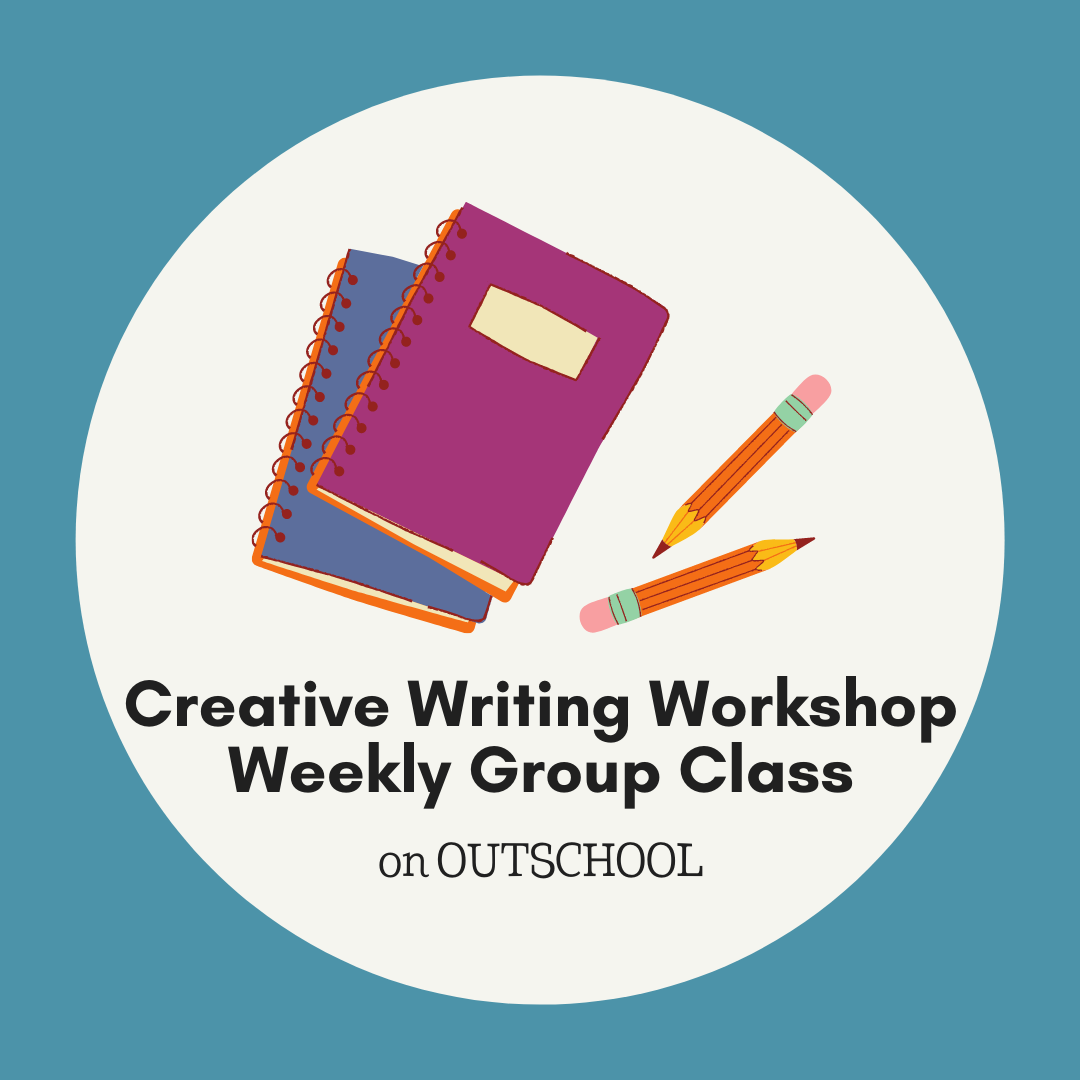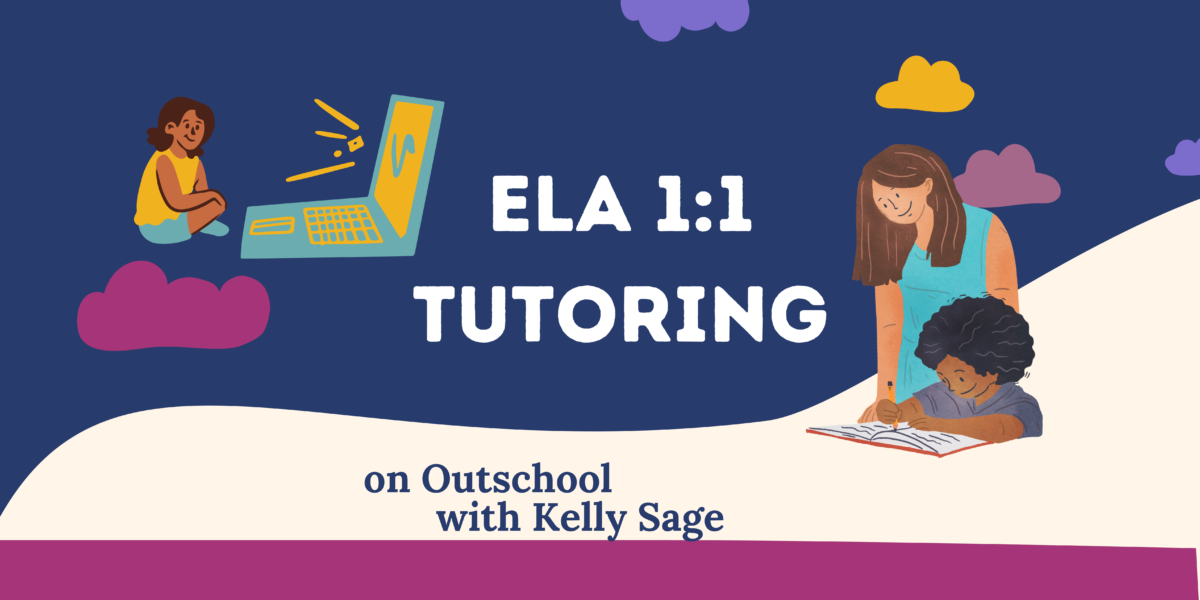Disclosure- Links in this post may be affiliate links. If you click through and make a purchase, I earn a commission at no additional cost to you. Unless noted, if I am reviewing a product, I have been compensated for my time. I write honest reviews. They are not required to be positive. I only recommend the resources we love and use.

When I was a classroom teacher, one of the first writing projects my students dove into was memoir writing. I love reading and writing memoir, and I found, though my students often didn’t know what a memoir was, they too fell in love with the genre.
One of the things I love about memoir can be best captured in Gore Vidal’s words, “A memoir is how one remembers one’s own life, while an autobiography is a history, requiring research, dates, facts double-checked.”
A memoir is the writer’s story.
If my sister and I were to write down the story of the first time we rode camels in Egypt, they’d be different. I would focus on my fear of falling off when the camel started running. My sister might write about watching me panic or when the camel spit at us. No two memories are the same. A memoir is where we share what we remember.
I think memoir writing is one of the most valuable genres we can teach students from upper elementary through high school. Here’s how I teach memoir writing.

Why Teach Memoir
Writer Ted Hughes said, “Why memoir? It means the world becomes yours. If you don’t do it, it drifts away and takes a whole piece of yourself with it, like an amputation. To attack it and attack it and get it under control–it’s like taking possession of your life, isn’t it?”
Memoir helps the writer connect to writing, which is important if we want our students to enjoy writing. Enjoyment leads to more writing, which leads to proficiency.
Everyone has a story, multiple in fact, to tell. We humans are storytellers. I have yet to find a student who doesn’t have one they are willing and often eager to share.

How to Teach Memoir
Step 1- Read Memoirs
The first step to teaching memoir is to read memoirs. I often used one I’d written, or we looked at examples in Lessons that Change Writers.
Many of the writing resources I’ve used over the years come from Nancie Atwell’s book Lessons that Change Writers. Twenty years later, this continues to be my most valuable writing resource.
Another option is to read memoirs like Night by Elie Wiesel, Woodsong by Gary Paulson, I Am Malala by Malala Yousafzai, Born a Crime by Trevor Noah, and Brown Girl Dreaming by Jacqueline Woodson.
During and after reading, have writers compile a list of things they noticed that made the memoir a memoir.
Talk about how this genre compares to other genres they’ve read.
Some things they will notice:
- detailed description and imagery
- dialogue
- purpose
- written like a story
- first person narration
Writers can then use this list to begin to write their own memoirs.
Step 2- Choose a Topic
What your writer writes about should be up to them. Let’s throw “Everyone write about what you did on your summer vacation” away! First of all, not everyone had a great summer or wants to share what they did. Second of all, if our purpose is to teach students how to write, they need to learn how to come up with their own topics.
In the book Lessons that Change Writers, one of the activities Atwell shares is Questions for Memorists, a brainstorming activity to help students think about the stories they might tell.
Questions you might ask your writers to consider are:
- When was a time I laughed a lot?
- What is a time when I felt like my heart was breaking?
- What is a time with a family member I’ll never forget?
Students in my flex class, Memories to Memoir, receive my adapted version of Questions for Memorists. Creative ELA Members can also access the class and resource in their member library.
Once writers have brainstormed, they’re ready to write!
Step 3- Poopy First Draft
Writer Anne Lamott, in her book Bird by Bird, offers an invaluable essay to writers called Shitty First Drafts. The essay encourages writers to just write, for no matter how “bad” the first draft is, we can’t fix what doesn’t exist.
One of the things I remind my students of often is EVERYONE’s first draft stinks. The first drafts of their favorite books were nowhere close to the final version. No one sits down and writes something perfectly. This is important to name. Many students think they are bad writers because they make mistakes.
They aren’t!
Writers are people who write and make a lot of mistakes! We’re also people who revise and edit, but that comes later. First, we write a shitty, poopy, crappy; you choose the word first draft.
I remind students of the memoir elements they discovered and set them loose. Go with your first thoughts. Don’t worry about spelling or grammar. Just write.

Step 4- Share
Having students share their writing while it’s still raw and in shitty first draft form is helpful for a couple of reasons.
- Your and their peer’s encouraging words (yes, they should be encouraging) will encourage them to revise.
- You’ll be able to help them add and subtract details, organize, and make sure they’re including the elements that make a memoir a memoir.
Here are two ways writers might share their words.
- Teacher/Parent and Student Conference-
- I think it’s important to read and discuss a writer’s writing with the writer present.
- Have them read their work to you or you read it to them.
- Talk about what you like, what works well, and ask them what they think.
- Give them just a few revision suggestions at a time. For example, “I’d love to hear your conversation with your best friend through dialogue, or can you describe what your dog looks like so I can really see it.”
- Meet with them several times throughout the project.
- Peer Editing-
- Before you have students peer edit, it’s important to talk about how to give feedback and model what it looks like. Nothing will stifle a writer more than having someone give them hurtful feedback.
- Have writers make a list of questions (or provide them with questions) that they can ask their peers to answer.
- What works well in this piece?
- Was there a place you got confused?
- How do you think the speaker feels throughout the piece?
- How did you feel while reading the piece?

Step 5- Revision and Editing
Step five is really more like steps 5, 6, 7, 8… Revision and editing take time. The best way to help students revise is to let them try on their own first, then meet to discuss their changes and what you recommend they do next.
One-on-one conferences are where you can teach them what they don’t know or remember.
My students and I keep an Editing Checklist* so they have a guide geared directly to their needs when they revise.
Here are editing and revising resources.
*Creative ELA Members can access an Editing and Revision Flex Class, minilessons, and printables.

Step 6- Publish!
Once your students are done writing their memoirs, have an open mic event for those who want to share or compile all of them in a class anthology.
Students can also look for memoir writing contests, submit them to a school’s literary magazine, or share them with people they choose.
I have been fortunate to read student memoirs that made me belly laugh and sob. I’ll never forget a ninth-grader writing about his grandfather. Earlier that year, his grandfather had died, saving my student’s sister from a house fire. It was a beautiful, heartfelt tribute that I would have never asked my student to write, but felt so honored to read. That’s what writing does. It connects us to our past and present. It helps us make meaning out of our lives, the good and the bad.
Memoir writing isn’t just for adults who have lived an exciting, long life. Write memoirs with your students and homeschoolers. Memoir helps form connections to writing and the world.

























